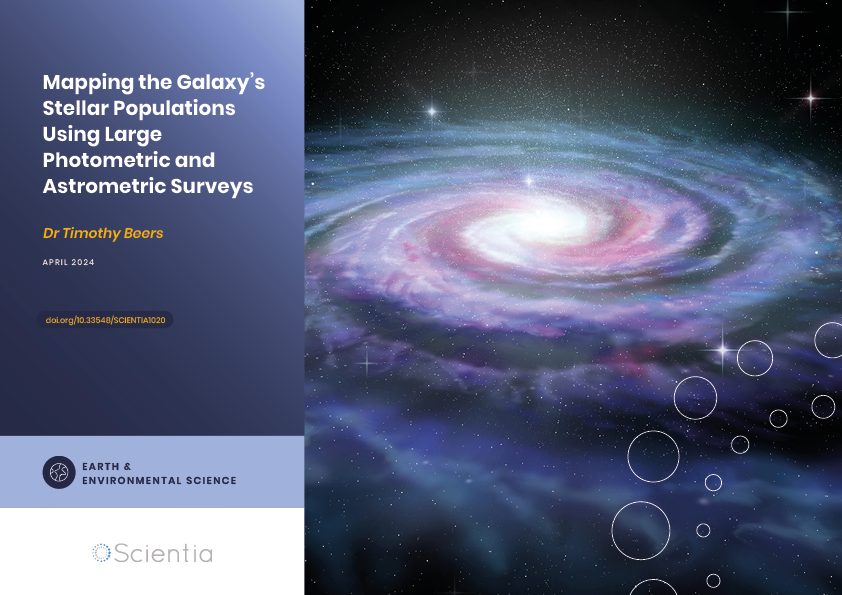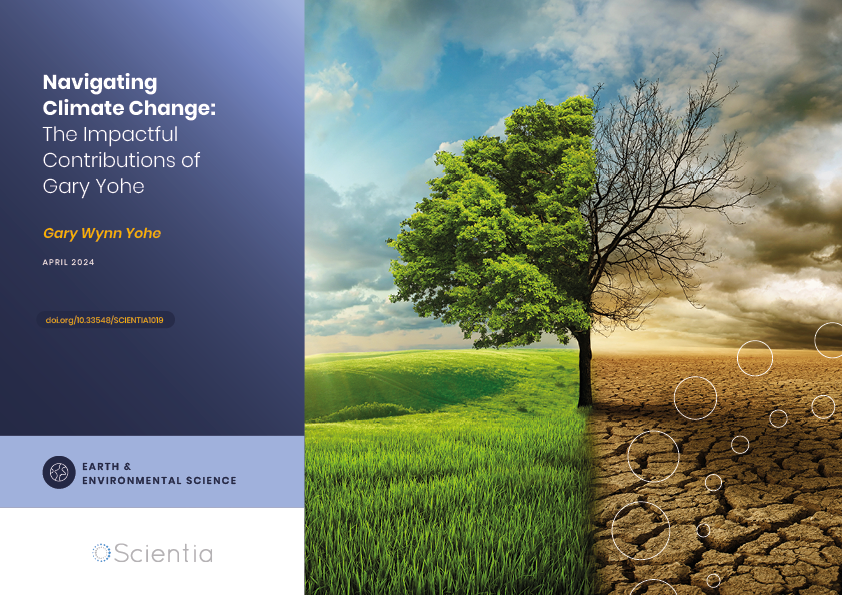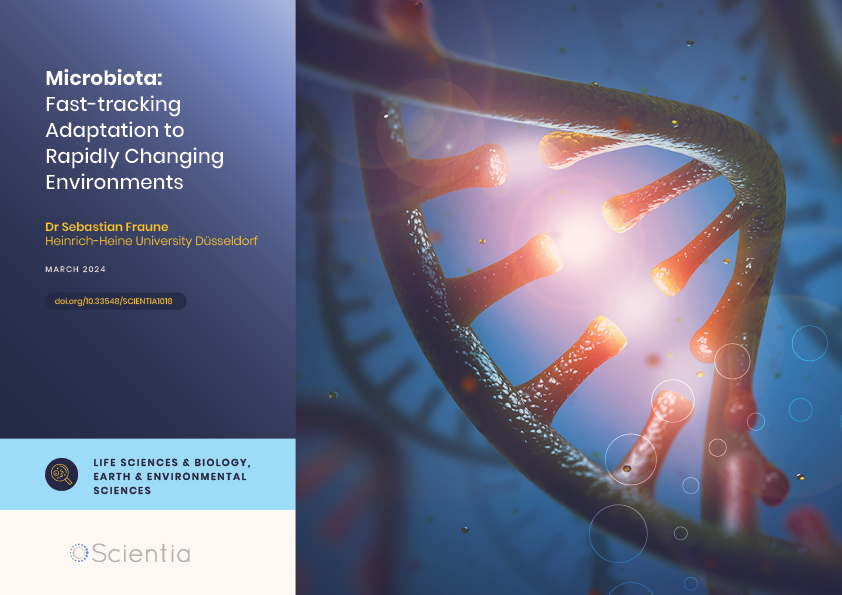Dr Timothy Logan – Assessing How Aerosols Impact Cloud Formation
As they enter the atmosphere, tiny particles emitted by the burning of biomass or fossil fuels can heavily influence the formation of clouds. Yet due to human influence, the roles that these aerosols play in the process are still poorly understood by climate scientists. Using a combination of ground- and space-based measurements, along with advanced computer simulations, Dr Timothy Logan at Texas A&M University has gained important new insights into the atmospheric impacts of aerosols, and how emissions from both wildfires and human activities are having tangible effects on the weather.
Aerosols
With sources as wide-ranging as pollen, desert dust, sea spray and salt, and soot from factories, aerosols are made up of tiny solid particles or liquid droplets, which are light enough to be suspended in air. These materials can heavily influence atmospheric processes in many different ways – potentially scattering, reflecting, or absorbing sunlight; or encouraging the formation of water droplets within clouds. But due to their highly varied shapes, sizes, and chemical compositions, the full impact of aerosols can be incredibly difficult to predict.
This is a significant problem for climate scientists, who use computer models to predict future changes to Earth’s atmosphere as accurately as possible. While the impacts of greenhouse gases are central to these calculations, aerosols are also a key aspect of emissions caused by burning fossil fuels. In addition, as climate change cause wildfires to become increasingly common, natural aerosols such as smoke and ash from burned biomass are now becoming increasingly prevalent.
In his research, Dr Timothy Logan at Texas A&M University uses the latest observation and simulation techniques to learn more about how cloud formation, as well as severe weather patterns associated with clouds, are being impacted by changing levels of atmospheric aerosols. His team’s results are now helping researchers to gain a better understanding of how Earth’s atmosphere is changing.
Wildfire Smoke and Cloud Formation
As solid aerosols such as soot, smoke, and ash rise up into the atmosphere, they provide ideal solid surfaces on which water vapour in the surrounding air can condense. As a result, these ‘cloud condensation nuclei’ can make it far easier for liquid water droplets to form, speeding up the release of precipitation in the form of rain, snow, and hail.
In addition, as convective forces within clouds transport these aerosols in unpredictable directions, the particles can rub up against each other, exchanging electrical charges in the process. Over time, this can cause layers of positive and negative charges to build up within clouds – increasing the rate of lightning flashes. Clearly, if large amounts of aerosols are produced artificially over short periods of time, they can have severe effects on each of these atmospheric processes.
As Dr Logan describes, his studies largely focus on how the processes of both cloud droplet nucleation and lightning formation are being altered by human-made aerosol emissions. ‘My research covers both aerosol-cloud-precipitation interactions, and aerosol impacts on deep convective clouds and atmospheric electricity,’ he says. ‘In particular, I deal with impacts of pollution and wildfire smoke on cloud development and lightning using ground- and space-based measurements.’

Measurements from Ground and Space
To achieve these goals, Dr Logan and his colleagues take measurements using two different instruments. The first of these is the Atmospheric Radiation Measurement facility in the Southern Great Plains region (ARM‐SGP), which is managed by the US Department of Energy.
This observatory contains a wide array of cutting-edge instruments including radiometers, lidars, and aerosol detectors – spread across an extensive region, spanning the states of Oklahoma and Kansas. Together, these instruments give researchers an intricately detailed picture of the region’s climate, and provide valuable guidance for their climate models.
Secondly, the researchers analyse observations taken from NASA’s MERRA-2 model platform – which provides simulated interactions between aerosols and physical climate processes since 1980. By combining the long-term measurements of both of these instruments, Dr Logan’s team has gained an in-depth picture of how cloud formation in the SGP region is being altered by wildfires – both locally, and further afield.
‘We showed that biomass burning smoke aerosols from wildfires facilitated cloud development during extreme weather patterns,’ Dr Logan describes. ‘In the future, this may lead to more frequent aerosol loading from wildfires – although the total aerosol amount has decreased in the United States over the past two decades.’ This reduction has come about as vehicles and industrial processes have become more efficient – producing less soot through the burning of fossil fuels.
Encouraging Hailstones
Based on the combined measurements of ARM-SGP and MERRA-2 over the past two decades, the researchers have now connected the increasing prevalence of wildfires in the US with an increase in the concentration of aerosols at the bases of clouds. Since the water vapour in these clouds must be shared between a larger number of cloud condensation nuclei, this alteration means that droplets must become smaller, decreasing the likelihood of precipitation.
‘This can result in clouds with a longer lifetime, as well as higher cloud coverage,’ Dr Logan illustrates. ‘As these droplets are lofted above the freezing level, they can become ice particles such as snow and hailstones.’ The prevalence of ice can be indicative of extreme convective forces within the cloud, and can also gather stronger electrical charges – resulting in more severe stormy weather.
In further studies, Dr Logan’s team also compared the impact of aerosols to the extreme, short-term thermodynamic changes that wildfires unleash on their local environments. In this case, they used computer simulations of a real fire, which affected areas of Texas and Oklahoma in 2018.
With this technique, they showed how a combination of aerosols and extreme heat can cause stronger updrafts within clouds – both allowing more ice particles (such as hail) to form, and producing more intense lightning. Through the model, the researchers discovered that while aerosols have a significant impact on atmospheric processes after wildfires have ended, the heat they produce momentarily has a far greater impact on storm intensity.
‘I deal with impacts of pollution and wildfire smoke on cloud development and lightning using ground- and space-based measurements.’

Impacts of Pressure Systems
The aerosols emitted by wildfires can also impact cloud formation over far larger scales. As you may be familiar with from watching the weather forecast, the pressure exerted by Earth’s atmosphere can be highly variable, and often depends heavily on the time of year. In regions of high pressure – which typically produce long spells of sunny, settled weather, a light wind flows outward from the centre of the system. Due to the Earth’s spin, this flow is then forced to rotate clockwise in the northern hemisphere – affecting weather patterns on scales of thousands of kilometres.
Based on ARM-SGP and MERRA-2’s observations, Dr Logan and his colleagues analysed the relationship between these weather patterns, and the transport of aerosols. ‘The increased frequency of high-pressure systems led to drier conditions which facilitated wildfire activity,’ Dr Logan explains. ‘In addition, the air flow pattern around the high-pressure systems can transport the wildfire smoke from the western US and Canada to the Southern Great Plains region and be observed by the ARM-SGP site, especially during warm summer months.’
In the cooler spring months, this situation reversed, and higher levels of wildfire smoke were transported to the site via low-pressure systems. Here, strong winds flow inward from outside the system, rotating in an anti-clockwise direction in the northern hemisphere. In this case, aerosols are more often transported to the Great Plains region across the Gulf of Mexico, originating from wildfires in Mexico and Central America.
Hurricanes and Desert Dust
In addition to these discoveries, Dr Logan’s work is having an important impact on how meteorologists and climate scientists interpret the causes of real extreme weather events. Among his team’s most impactful studies examined how aerosols may have affected the severity of hurricane Harvey – which triggered catastrophic floods in the Houston Metropolitan area in 2017.
Using both ground-based and satellite measurements, together with computer simulations of the hurricane, Dr Logan’s team established a clear link between the intensity of rain and lightning and the storm, and the aerosols emitted by vehicles and industry – which is particularly heavy along the Texas coastline. These results highlighted a vital need to represent the effects of human-made aerosols both in short-term weather forecasts, and in long-term climate projections.
The following year, much of the southern US was blanketed in a vast volume of dust – which had blown across the Atlantic from the Sahara Desert in Africa. Through the same combination of observations and climate models, Dr Logan and his colleagues showed how these natural aerosols reflected and absorbed sunlight as they crossed the ocean. This reduced the amount of light hitting the water – decreasing sea surface temperatures in turn.
Since tropical storms such as Harvey draw their much of their energy from heated seawater, the team showed how the dust cloud actually reduced the frequency and severity of storms in the region. If dust storms become more prevalent in the future, therefore, the effect could become increasingly important for climate scientists to consider.

Preparing for Future Changes
Altogether, these studies have clearly highlighted just how pervasive the impact of aerosols can be – whether natural or human-made; and how the nature of their influence can heavily depend on the times, places, and scales over which they are emitted.
As Earth’s atmosphere warms, climate scientists universally predict that wildfires will come to play an increasingly prevalent role in our lives. In the coming decades, they will become more severe, last for longer, and burn ever larger areas – including in regions which have rarely experienced them so far. As a result, the aerosols they emit could alter patterns of cloud formation on global scales – making stormy weather events even harder to predict.
At the same time, levels of directly human-made aerosols such as soot could begin to noticeably decrease in the coming years, as technological advances lead to improvements in fuel efficiency. Through an in-depth understanding of these changes, Dr Logan hopes that climate scientists will soon be able to model them with unprecedented accuracy: allowing us to better prepare for extreme weather events, and to adapt to the changes to come.
SHARE
DOWNLOAD E-BOOK
REFERENCE
https://doi.org/10.33548/SCIENTIA773
MEET THE RESEARCHER

Dr Timothy Logan
Department of Atmospheric Sciences
Texas A&M University
College Station, TX
USA
Dr Logan completed his PhD in Atmospheric Science at the University of North Dakota in 2014, and has now been an Assistant Professor at Texas A&M University since 2019. Through his research, he studies several distant aspects of the impacts of aerosols, and their transport over large distances – including their influence over lightning and severe weather in the Houston Metropolitan Area; on low-level cloud development over land and ocean; and on the formation of clouds directly above Earth’s surface. Dr Logan’s research is also providing reliable lightning data to local communities, allowing them to make more informed decisions about public safety.
CONTACT
E: tlogan52@tamu.edu
W: https://atmo.tamu.edu/people/profiles/faculty/logantim.html
KEY COLLABORATORS
Xiquan Dong, University of Arizona
Baike Xi, University of Arizona
Yuan Wang, Cal Tech
Xiaojian Zheng, University of Arizona
Xingyu Zhang, University of Arizona
Peng Wu, University of Arizona
Renyi Zhang, Texas A&M University
FUNDING
National Oceanic and Atmospheric Administration
National Science Foundation
FURTHER READING
B Pan, Y Wang, T Logan, JS Hsieh, JH Jiang, Y Li, and R Zhang, Determinant Role of aerosols from industrial sources in Hurricane Harvey’s catastrophe, Geophysical Research Letters, 2020, 47, e2020GL090014.
X Zheng, B Xi, X Dong, T Logan, Y Wang, P Wu, Investigation of aerosol–cloud interactions under different absorptive aerosol regimes using Atmospheric Radiation Measurement (ARM) southern Great Plains (SGP) ground-based measurements, Atmospheric Chemistry and Physics, 2020, 20, 3483.
Y Wang, X Zheng, X Dong, B Xi, P Wu, T Logan, YL Yung, Impacts of long-range transport of aerosols on marine-boundary-layer clouds in the eastern North Atlantic, 2020, Atmospheric Chemistry and Physics, 20, 14741.
Y Zhang, J Fan, T Logan, Z Li, CR Homeyer, Wildfire impact on environmental thermodynamics and severe convective storms, Geophysical Research Letters, 2019, 46, 10082.
T Logan, X Dong, B Xi, Aerosol properties and their impacts on surface CCN at the ARM Southern Great Plains site during the 2011 Midlatitude Continental Convective Clouds Experiment, Advances in Atmospheric Sciences, 2018, 35.

REPUBLISH OUR ARTICLES
We encourage all formats of sharing and republishing of our articles. Whether you want to host on your website, publication or blog, we welcome this. Find out more
Creative Commons Licence (CC BY 4.0)
This work is licensed under a Creative Commons Attribution 4.0 International License. 
What does this mean?
Share: You can copy and redistribute the material in any medium or format
Adapt: You can change, and build upon the material for any purpose, even commercially.
Credit: You must give appropriate credit, provide a link to the license, and indicate if changes were made.
SUBSCRIBE NOW
Follow Us
MORE ARTICLES YOU MAY LIKE
Dr Lifei Wang | Can Species Distribution Models Inform Us About Future Ecosystems?
The world is buzzing with news about how human activities and climate shifts are reshaping our ecosystems. Have you ever wondered how life will adapt to this rapidly changing world? Ecologists might be able to predict how different species will live in future using computer simulations. Dr Lifei Wang at the University of Toronto Scarborough investigates how different stimulations work under varying conditions to provide new insights into what may lie ahead.
Dr Timothy Beers | Mapping the Galaxy’s Stellar Populations Using Large Photometric and Astrometric Surveys
Astronomers often use spectroscopic (electromagnetic radiation) data and astrometric (motion and positional) data to develop working models describing our Galaxy. Dr Timothy Beers from the University of Notre Dame and his collaborators in Korea and China combined large photometric (visible light) surveys and astrometric data to create multidimensional maps of a large part of the Galaxy. By highlighting significant inhomogeneities in stellar-chemical compositions, motions, and spatial distributions, Dr Beers and his colleagues provide valuable insights into how we can advance our understanding of the formation and evolution of our Galaxy.
Professor Gary Yohe | Navigating Climate Change: The Impactful Contributions of Gary Yohe
Professor Gary Yohe is a distinguished environmental economist whose work has been pivotal in shaping our understanding of climate change impacts, adaptation strategies, and policy frameworks. His interdisciplinary approach combines economics with environmental science, offering nuanced insights into global warming and its multifaceted impacts on natural and human systems. Professor Yohe equips us with the knowledge and strategies needed to navigate the complex and pressing challenges posed by climate change.
Dr Sebastian Fraune | Microbiota: Fast-tracking Adaptation to Rapidly Changing Environments
As climate change continues at an unprecedented pace, the processes of natural selection and genetic mutation can no longer fully explain how some organisms adapt to their rapidly changing environments. Dr Sebastian Fraune from Heinrich-Heine University and an international team of researchers are the first to demonstrate a causal relationship between changes in the microbiome and changes in thermal tolerance. They propose that microbiota-mediated transgenerational acclimatisation can account for how animals adapt to their environments in much shorter periods of time than classical theory would predict.





